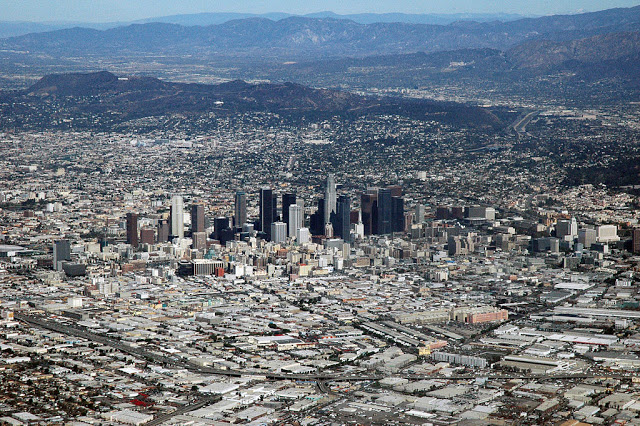| Online: | |
| Visits: | |
| Stories: |
NASA Scientist Says There is a 99.9% Chance of a Large Earthquake Hitting Los Angeles
The San Andreas Fault (SAF) in Southern California, US, is perhaps the most well known epicenter of seismic activity in the world, particularly due to the heavily populated nature of the surrounding area.
The fault is most infamous for producing the 1906 San Francisco quake, which registered 7.8 on the moment magnitude scale (M) and the 1994 M6.7 Northridge rupture.
Residents of Los Angeles, the second largest metropolitan area in the United States, know that large destructive earthquakes have happened in the past, and that they will happen again in the future.
In fact, the area has experienced over 500 smaller magnitude quakes already this year, the largest of which registered M4.2.
However, recent analysis of last year’s M5.1 La Habra quake has led scientists to the conclusion that another large-magnitude earthquake is imminent.
In an article published in the September 2015 issue of Earth and Space Science, scientists confirmed the finding that there was a 99.9% probability of a M5 or greater earthquake striking the region between now and 2018.
There was also a 35% probability that a quake measuring M6 or greater would occur in the same time frame.
According to NASA, a team of their own and university scientists led by geophysicist Andrea Donnellan of NASA’s Jet Propulsion Laboratory used GPS and NASA airborne radar data to measure surface deformities in the Earth’s crust caused by the March 28, 2014, earthquake that caused $12 million in damage within a 3.7 mile radius from the epicenter.
What they found was that this event appears part of a series of hundreds of smaller, more shallow tremors. This shallow trend of movement suggests that there is a deeper part of the fault zone still building up stress that has yet to be released. The longer this stress accumulates, the more powerful the eventual quake will be.
What is unknown is exactly where the big one would occur. ”Identifying specific fault structures most likely to be responsible for future earthquakes for this system of many active faults is often very difficult,” said Donnellan.
The US Geological Survey continues to look into the published results in order to achieve investigative rigor regarding the potential for future large earthquakes in the area.
If you’re worried, an article from the LA Times states:
How certain can scientists be of when the next big earthquake will come? Can the dream of earthquake prediction come true?
The answer is no, according to the USGS, which took a rare public step of raising serious questions about how scientifically sound the study was. The USGS released a formal statement that said the 99.9% forecast “has not yet been examined by the long-established committees that evaluate earthquake forecasts and predictions.”
“I have serious doubts that the conclusions of the paper are supported by the analysis that’s presented there,” added Robert Graves, a USGS seismologist and Southern California coordinator for earthquake hazards.
Every Day is Earth Day
Source: http://www.riseearth.com/2015/10/nasa-scientist-says-there-is-999-chance.html








NASA can go and sit on a carrot!